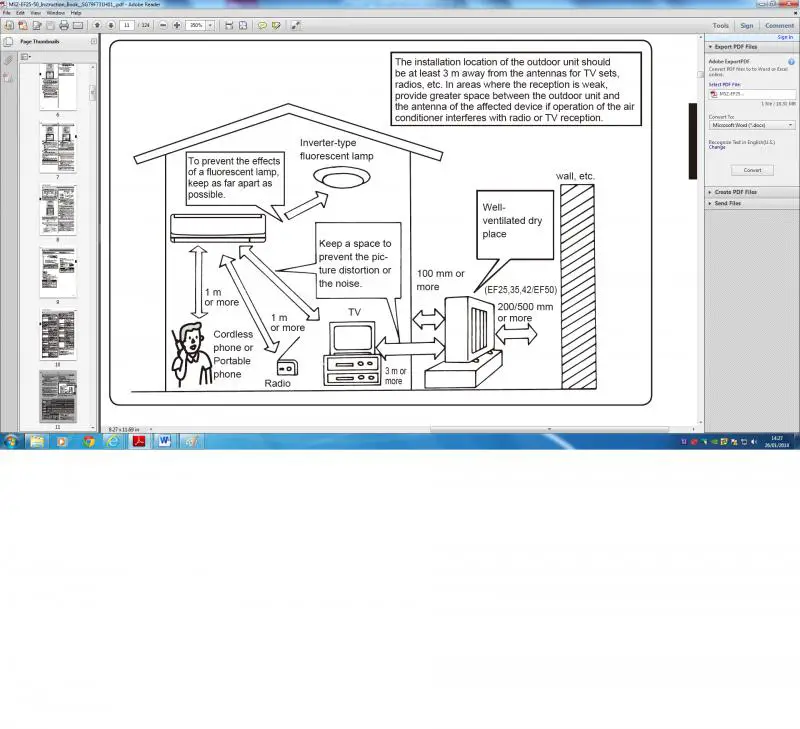Am seriously considering getting a split a/c unit installed.
According to this website these can be installed by a reasonably completent DIY'er
http://www.dry-it-out.com/ECO1206SQ
Any thoughts?
According to this website these can be installed by a reasonably completent DIY'er
http://www.dry-it-out.com/ECO1206SQ
Any thoughts?


